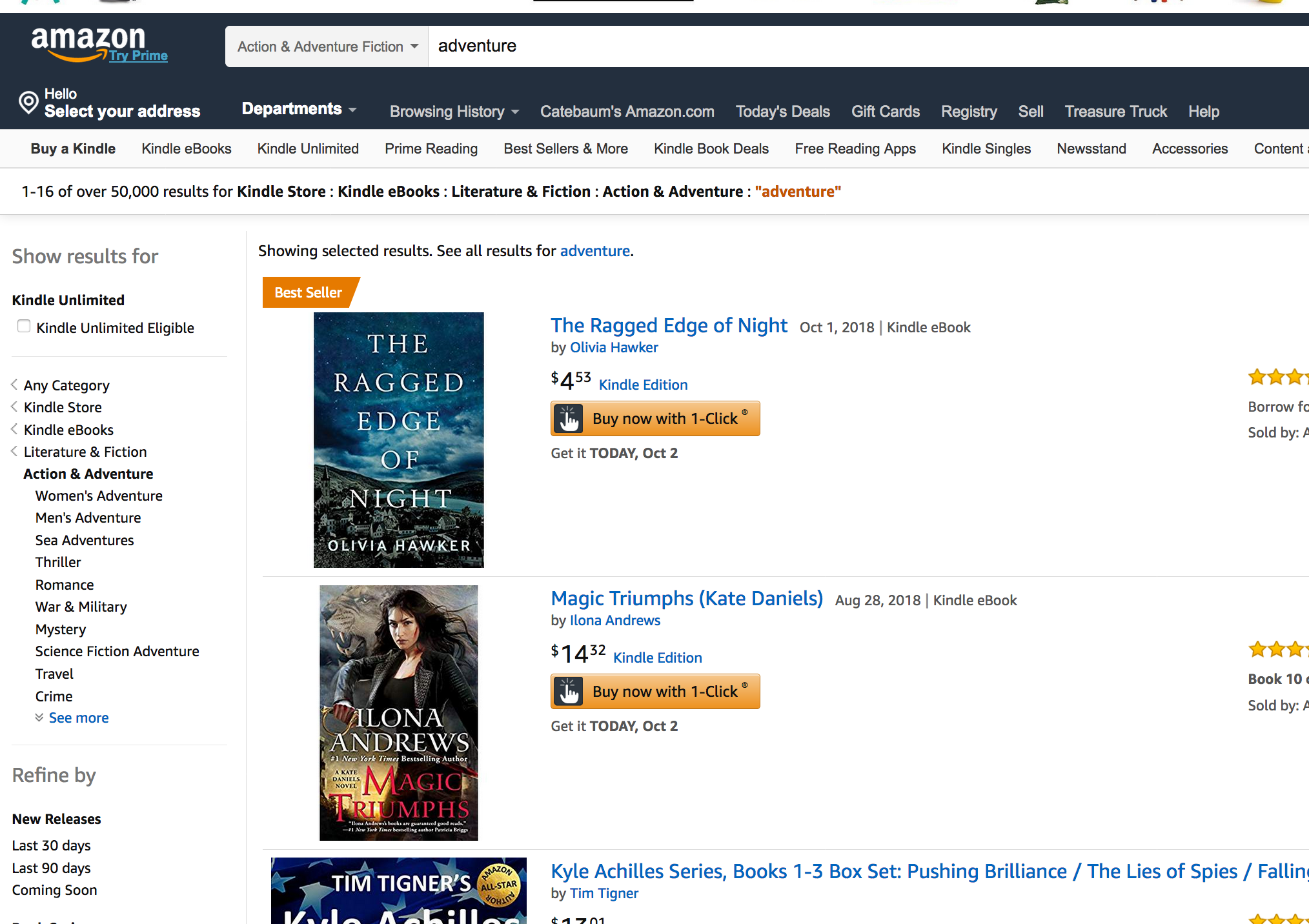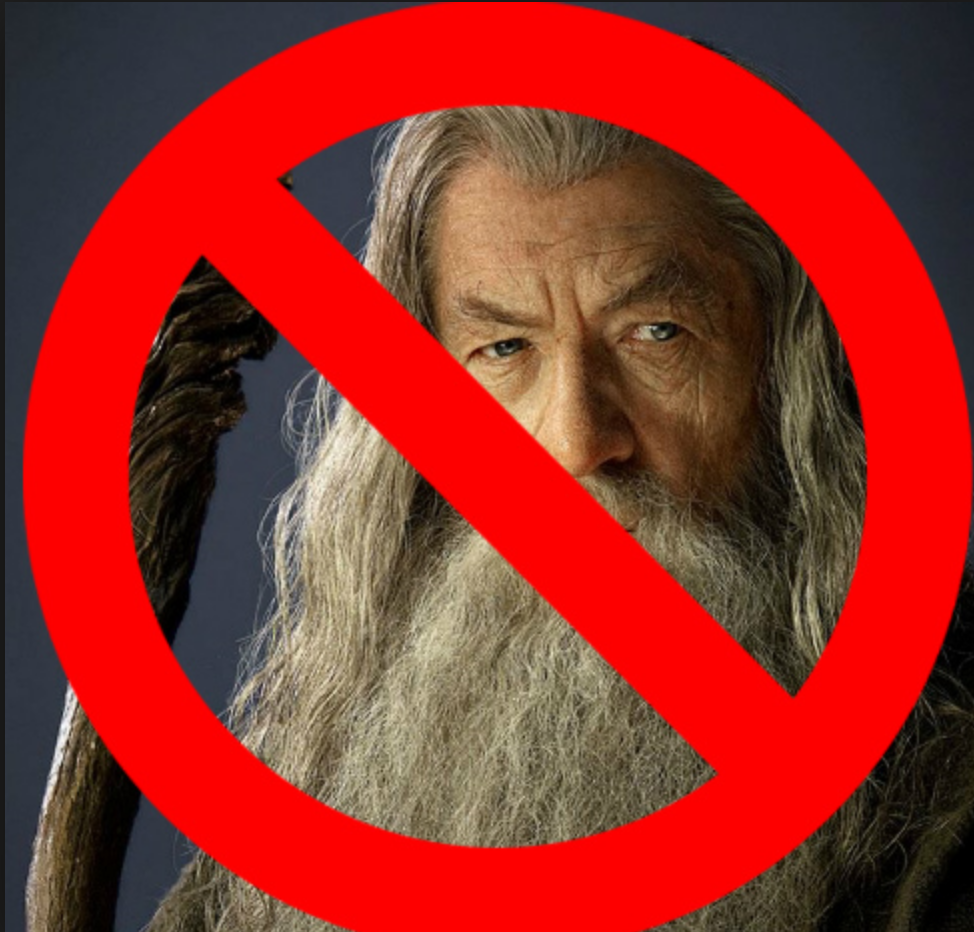Here we go again. Everyone is freaking out… What’s going on with Amazon’s book categories? Amazon may be preparing somewhat for its merger with CreateSpace to print books as well as Kindle ebooks as of October 2018, but is it really that sinister?
MYTH ONE: Amazon keeps changing its categories!
TRUTH: No, but it may change the way you have to enter them when you sell your book.
There is a lot of panic on the forums talking about “category changes,” which isn’t founded when you look closer at the categories in the “node” view. The browser nodes are a numerical label for each description of the listing system that programmers can use to make certain coding, tracking, and inventories for sellers; for example,
http://www.amazon.com/s/&node=154607011
will take you to the Arts and Photography book section of the Kindle Store (see below in my table sample).
However, as an author, don’t worry about nodes.
For self-publishing authors, it’s hard to get access to these node lists, because without a Pro Seller account, you don’t get all the maps and special features you can use to sell stuff like vacuum cleaners and phone covers, for example. But there is a list of these nodes for ebook sellers. These are what we call “categories” in most author forums.
I am sharing this sheet with you as a FREE download when you sign up to become a FREE MEMBER of SPR (you’ll also get a newsletter with discounts and early deals around four times a year). Click here to do that now!
Here’s a sample of my spreadsheet:
| CATEGORY | NODE | CATEGORY THREAD | BISAC | THESAURUS KEYWORDS |
| Arts & Photography | 154607011 | Kindle Store/Kindle eBooks/Arts & Photography | ||
| Architects, A-Z | 157631011 | Kindle Store/Kindle eBooks/Arts & Photography/Architecture/Architects, A-Z | arc006000 | |
| Building Types & Styles | 157632011 | Kindle Store/Kindle eBooks/Arts & Photography/Architecture/Building Types & Styles | arc024000 | |
| Religious Buildings Architecture | 157634011 | Kindle Store/Kindle eBooks/Arts & Photography/Architecture/Building Types & Styles/Religious Buildings | arc016000 | |
| Specific Architecture Building Styles | 157635011 | Kindle Store/Kindle eBooks/Arts & Photography/Architecture/Building Types & Styles/Specific Styles | arc005000 | art-periods-and-styles |
Categories are the same, but now Amazon wants you to deal with the sub-categories with keywords. For example, “Sea Adventures”:
| Sea Adventures Fiction | 7588737011 | Kindle Store/Kindle eBooks/Literature & Fiction/Action & Adventure/Sea Adventures | fic002000 | sea_adventure |
| Action & Adventure Short Stories | 7588738011 | Kindle Store/Kindle eBooks/Literature & Fiction/Action & Adventure/Short Stories | fic029000 | action_&_adventure |
Now let’s look at that on Amazon.com. When I click “Sea Adventures” under Action and Adventure on the left, you’ll see that the keyword is a subcategory, but also becomes a subcategory at the top search bar. The pathway is shown as:
1-16 of over 5,000 results for Kindle Store : Kindle eBooks : Literature & Fiction : Action & Adventure : “sea adventures”

When I search directly for Sea Adventures, that pathway remains the same, 1-16 of over 5,000 results for Kindle Store : Kindle eBooks : Literature & Fiction : Action & Adventure : “sea adventures”, but it is seen as a keyword under “Action & Adventure.”

This means that Amazon is allowing authors to mix and match with keywords, to form new subcategories with picking broader categories to sit in, but then have keywords to narrow them into the niches for both search and lists. This is positive!
MYTH TWO: Amazon’s categories don’t match BISAC codes
TRUTH: BISAC codes are used by publishers to list books for libraries and shops in a way they can understand, and for metadata, the code for each book’s digital footprint within their catalogues. Each code pertains to a category in Amazon’s listings. There are a few categories that don’t, but as you can see above, nearly all of them DO pertain to a BISAC code.
MYTH THREE: Amazon keeps changing the goalposts on how to be a Best Seller in Category
TRUTH: Nope, the buyers do. When you are in a category, you may be able to see how many books are in that category by navigating there. For instance, in this case there are less books in Women’s Adventure, only 4000, than in Action & Adventure, with 50,000 books. That means that your chances of ranking higher are greater: obviously, you only have to beat 4000 books instead of 50,000. So you will be starting at 4000 rank for that category, even if you sell zero books.


However, this changes as soon as book sales come in. It may be that if you are in a very niche category with let’s say, three books, it won’t matter how many you sell if the other two books are sellers like Stephen King and JK Rowling, who may sell thousands of books in one day. You will remain at position 3, whatever you do, because their brand, reputation, etc. will always trump yours — until you are the next Stephen King or JK Rowling, obviously.
This means you need to find a category in which you can MOVE UP. There is no point being in a category with 250,000 books, but also no point being in a super-niche one with 5 books either, as you have no wiggle room. When you sell even one book, you need it to count.
Find categories with a few thousand books in, and make sure you match keywords properly to reach out into sub-categories if someone buys your book through those channels. Remember, you sell in a category determined by how the buyer reaches your page, so if your buyer buys through “women’s adventure” that keyword will stick on you better than any of the other keywords you have on your book.
Do your research. This is pretty annoying if you have done all the old advice, gone “superniche” and splashed out on a promotion for say, 100 sales. You may have only needed as little as 1 sale to rank number 1 in that category. So be careful (Or hire me, and I will do it for you).
MYTH FOUR: It counts towards ranking if lots of people click the book link.
Truth: That proves to Amazon nobody is buying your book and lowers your visibility. The “bounce” rate, i.e. how many people leave your page without buying anything will make your product look like a loser. Therefore, all the advice on getting up a mailing list and linking to your book on Amazon? Careful, people may click, look, and leave, because that’s how people scroll these days on their phones etc. After all, Amazon wants your product to convert, i.e. sell. and will only give top billing to products that do just that.
MYTH FIVE: Amazon has made all its paperback and ebook categories the same!
Truth: Nah. Just not true.
Here is a random book listing and its Kindle and Paperback categories. You’ll see they are absolutely different:


MYTH SIX: I should write loads of keywords into my product description.
Truth: Back end keywords are the only ones that matter to the algorithm.
Although a study by Shotfarm found over 30% of customers leave when there is a poor description on Amazon, the keywords you put here don’t help in the technical sense because they don’t index properly, so don’t be writing them in like crazy. The ones you need to concentrate on are the back end ones, i.e. the seven words or phrases you enter in the admin end of the page creation. Again, you need to work out what will give you niche categories that are just right for sales.

No Keyword Wizards thanks
MYTH SEVEN: I should figure out what keywords to use by what’s being searched for.
Truth: No need for Keyword Wizards. The Keywords are already there in Amazon for ebooks.
There were a thousand chest-beating articles and apps to search for keywords a few years back to the point it felt like alchemy you could never learn. Turns out, these techniques are really only used for Product Sellers, i.e. Pro Sellers who sell vacuum cleaners and phone cases. I’m sure everyone enjoyed the geekery and the insane forum arguments to the death, but the truth is, it’s a bit of a waste of energy and time because your ASIN, the little number that Amazon gives you for your ebook, will not suit any other product but yours. Nobody else is getting their hands on ebooks and selling them in competition with yours, so you aren’t competing for keywords like “red Hoover with attachments.” It is these ASIN competitors that have to grasp these kinds of keywords in order to win what is called “The Buy Box” i.e. the seller with the best reputation gets the right-hand button on Amazon, but I would argue that they don’t sell ebooks. What does? A brilliant cover, a clear description, Editorial Reviews, Verified Reviews, a clear, pleasant author photo (not from your cam or work intranet) In that order.
Reason is Amazon is a finite catalogue, and shows us what keywords it is using for ebooks within the lists, so you can just add those. All of them make up sub-categories available to you now.
By adding only one broader category, Kindle Store : Kindle eBooks : Literature & Fiction : Action & Adventure, then adding Sea Adventures, Women’s Adventure, and Mystery, I have given myself the following categories to have a chance to appear in, therefore getting loads more exposure potentially than if I had written my own attempt at keywords, that might never be searched for.
- Kindle Store > Kindle eBooks > Literature & Fiction > Action & Adventure
- Kindle Store > Kindle eBooks > Literature & Fiction > Action & Adventure > Women’s Adventure
- Kindle Store > Kindle eBooks > Literature & Fiction > Action & Adventure > Sea Adventures
- Kindle Store > Kindle eBooks > Literature & Fiction > Action & Adventure > Mystery, Thriller & Suspense > Mystery
If you’d like to get professional help with your book, come to our Book Hospital for a full emergency examination, and I’ll send you a report with recommendations of our services for success.
If you want to read the other parts of this series:
- Mythbusting 1 – Reviews and Ranking
- Mythbusting 2- Amazon Lists and Sales
- Mythbusting 3 – Verified Review and Guidelines
- Mythbusting 4- Is Amazon Ranking Broken?
Looking for Amazon Best Seller Status? Want Verified Reviews and sales? Click here to see our deals.
Get your free Excel sheet of ALL categories for eBooks here by joining SPR as a FREE member.
Get an Editorial Review | Get Amazon Sales & Reviews | Get Edited | Get Beta Readers | Enter the SPR Book Awards | Other Marketing Services























Leave A Comment